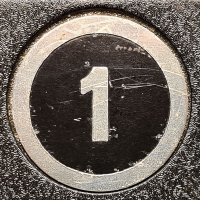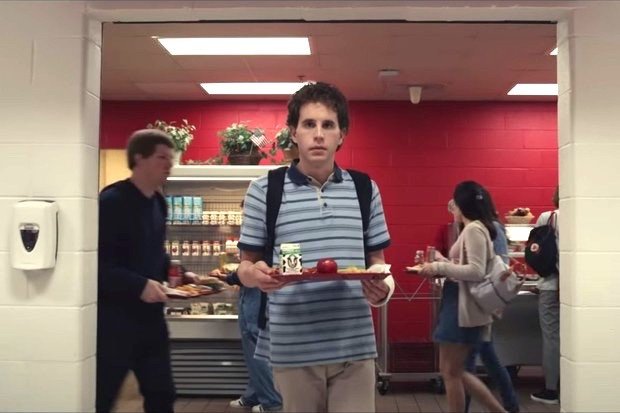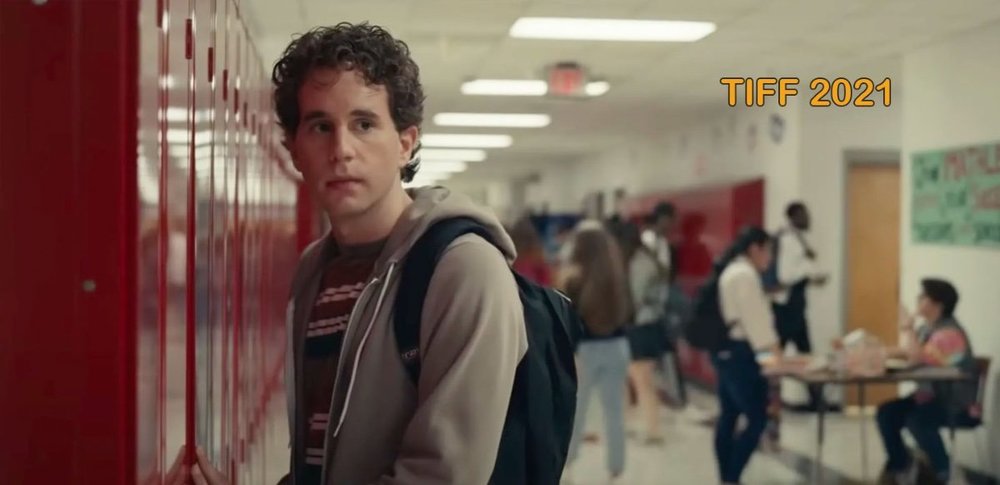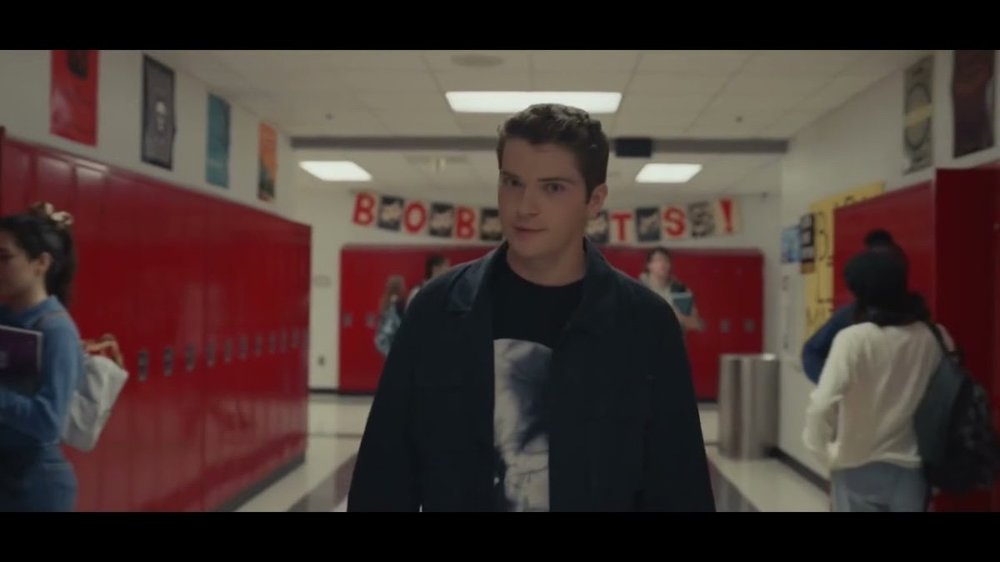
Wenqi Wei
Basic Member-
Posts
18 -
Joined
-
Last visited
About Wenqi Wei
- Birthday 07/08/1998
Profile Information
-
Occupation
Other
-
Location
Beijing
Recent Profile Visitors
506 profile views
-
More than 1 Eye Light Reflections?
Wenqi Wei replied to Wenqi Wei's topic in Lighting for Film & Video
Got it! Good to hear this. Thanks a lot. -
More than 1 Eye Light Reflections?
Wenqi Wei replied to Wenqi Wei's topic in Lighting for Film & Video
Thank you for the answer, Sebastian, Got it. -
Hello everyone, Can't seem to find another sub forum to post, so I decide to post here. As you all know so many segments/scenes in movies, TVs, music videos, etc are shot on a set that's newly built rather than a real location, and it isn't hard to imagine that this industry usually needs to work fast and fast turnaround so no time to waste. But aren't such recently-built places maybe releasing anything harmful? VOCs? Formaldehyde? (Don't know the exact English vocabs, but you get the idea). Maybe the wood material, prop furniture...or maybe the abundance or glues under those. And frankly, some low-cost LEDs and their soft box/grid are emitting awful odor...All of the above must be something if they present a health threat, I guess if not handled correctly? Is this a big concern to our health? Or maybe there's no such thing I just described? Or is it just something that sucks but sth we have to deal with in our life like many other things? I'm from a 3rd world country. I've been to the 1st world but never worked in this business there. So I wonder what it is treated there. It's really hard to find any feature movie that's a 100% location shoot so wondering what Pros do to prevent... Again English is not my 1st language so excuse me for any mistakes or stupidity.Any response is appreciated!
-
Just was watching some mid-to-low budget TV series and noticed that under various lighting setups, in particular close-ups or tight over-shoulders, the actors/actresses' eyes are obviously showing 2 reflections(doesn't matter if one of them is sun and the other being an artificial lighting fixture or both of them being 2 artificial lighting fixture). I mean, 2 light sources can be seen on each eye. Is there a hidden rule that says 'Good cinematography eye light' should only cast 1 reflection? What's the correct answer? And my lack of knowledge brought me here... My personal thoughts: 1 on each eye would be the most ideal solution, but 2 aren't really that big of a problem? (Maybe I am wrong about this...but if the show is a good one, this becomes a subtle distraction to the mass audiences anyways). Please let me know any answers or thoughts, much appreciated!!
-
Wenqi Wei started following David Mullen ASC
-
Here's are a few screen grabs from the movie Dear Evan Hansen which I watched and really love. From their production design article I read it looks like this is a real location instead of a set, and they had to work fast so I assume they didn't have the luxury to alter any existing overhead lights. So my question only pertains to the shoots that take place in a real location, NOT on a set/soundstage scenario where 100% will be built by the DP&Gaffer: How likely are these fluorescent in the shots really these location florescent fixtures already existing inside the building? It isn't hard to imagine these overhead florescent lights in so many scenes featuring an interior scene of an office/library/grocery store...Are DPs really Ok with the fact that what's available there illuminating the scenes(regardless of budget and time)? If so, can these existing location florescent really meet the 'Cinematography standard' along with the creative need(intensity, shape, beam angle, color temp, height, fall-off, etc)? Not sure if this has been discussed before in this forum, but please allow me to make this post again. I'm sure so many of you guys are experts on this topic, any answers will be much appreciated!
-
Traditional Light meter really not ideal for LED lights?
Wenqi Wei replied to Wenqi Wei's topic in Lighting for Film & Video
Hey guys thank you all for posting. Yes I always believe light meter should NOT go extinct just because of this new LED trend. I had this thread because I came across this article the other day and began thinking: https://ledlightinginfo.com/can-a-lux-meter-measure-led-light I guess I will just take a grain of salt when dealing with this in the future. Thank you all again, very much appreicated for the discussion. -
Traditional Light meter really not ideal for LED lights?
Wenqi Wei replied to Wenqi Wei's topic in Lighting for Film & Video
David thanks for your insight. Yeah I understand to decide the working stop, it would require a light meter. But I still want to know if I take a Incident reading under LED lights, is that reading still considered valid/trustworthy? -
Traditional Light meter really not ideal for LED lights?
Wenqi Wei replied to Wenqi Wei's topic in Lighting for Film & Video
I forgot to mention, what I meant was when these DPs/Gaffers tried to set up a scene or when they do pre-light or just in general maintain lighting consistence from shot to shot, not while shooting, which I believe they can sort of 'eyeball' the exposure. Any thoughts? -
Wenqi Wei started following Traditional Light meter really not ideal for LED lights?
-
Hi guys, I don't seem to find the answer anywhere else so I decided to post here. My question is as the title suggests, in this era where LED dominates so many lighting scenarios, even those really high-end Hollywood productions, do these light meter, say a Sekonic 858, no long works with these LED lights? I can't imagine Hollywood DPs throw away their light meters and light only with in-camera or monitors' WFM/False color/Zebra etc. I'm also aware that LED lights emit more blue lights and so on, but is that relevant here? Please drop your comments and thoughts below, thanks!






